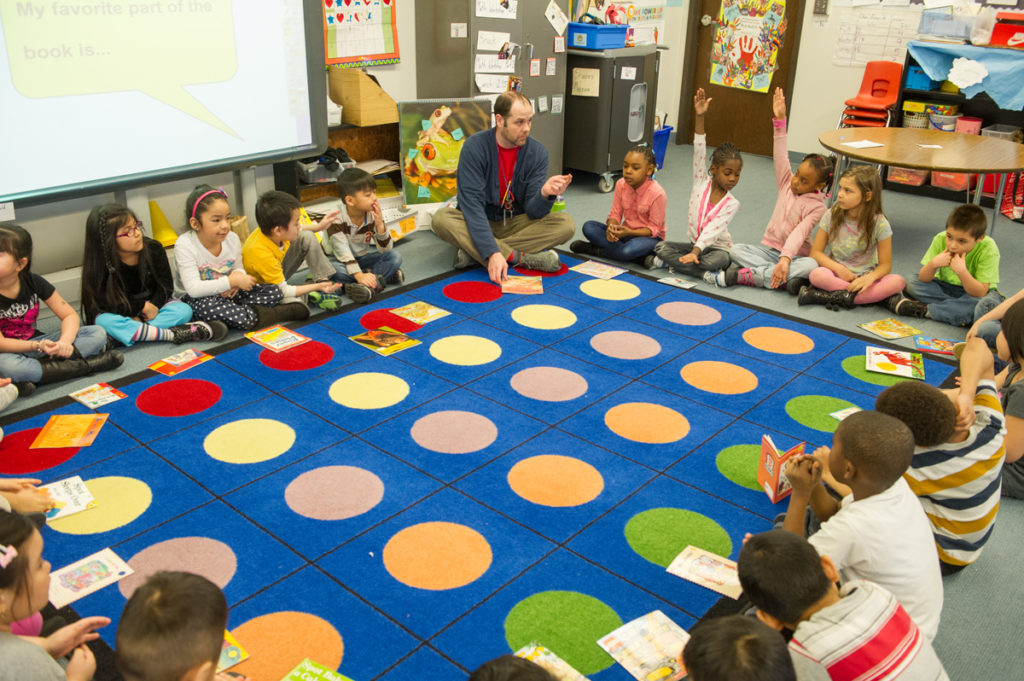
It’s hard to believe that the schoIol year is upon us. I remember the excitement—and apprehension—I felt as I made my lesson plans for the first weeks of school. One of the things I was most excited about was getting to know the children and helping them get to know each other.
What were their strengths? Their interests? What challenges would we all face? Most importantly in those first weeks, I thought about how to bring all these individuals together into a safe classroom community. And I knew that Morning Meeting was a great way to begin building that community.
To get the most out of Morning Meeting, especially during the early weeks of school, I suggest that you take it slow in the beginning. For many groups of students, you might want to introduce Morning Meeting in stages. This is especially true of the youngest students or of students who have no prior experience with Morning Meeting or similar structures.
Whether you phase in Morning Meeting over time or do a full Morning Meeting right from the start, you’ll need to help students get ready for successful participation. Two key pieces of preparation are teaching a signal for quiet and teaching some basic routines such as how to sit in the meeting circle.
In early Morning Meetings, you’ll want to keep all components simple, highly-structured, and low risk, even if you have a group that has done Morning Meeting before. If you decide to phase in Morning Meeting, you might want to start with greeting.
For the first few days, gather children in a circle early in the day and have them pass a “Good morning” greeting around the circle, using first names. To keep this low risk, have children wear name tags and don’t include any physical contact such as a handshake or high five—that can come later in the year when students know each other better. For now, focus on the basics—a friendly smile and kind voice. In following days, add other components as children are ready, being sure to keep everything easy to manage and low risk.
I recommend introducing components in the order in which they’re done in the meeting. Greeting first, then sharing, group activity, and morning message.
If you want to do a complete Morning Meeting right off the bat, you could post a message that welcomes students and encourages them to begin thinking about their hopes for the coming year, then begin the meeting with a basic greeting such as the one described above.
For sharing, ask a getting-to-know-you question, such as “What’s one after school activity you love to do?” Going around the circle, students give brief one or two word answers. For activity, a couple of rounds of “Just Like Me” (see below) will continue the getting-to-know-you process. Then end by reading the message together as a class and inviting volunteers to talk briefly about their hopes for the coming year.
In coming weeks, as students’ sense of comfort and safety increases, you can begin to add more complex and high-risk elements, being sure to teach and model any new routines that are needed for success.
What are your plans for beginning-of-the-year Morning Meetings?
For more information about introducing Morning Meeting or to get ideas for greetings, sharing structures, activities, and messages, please take a look at The Morning Meeting Book or the 80 Morning Meeting Ideas books, available for grades K–2 and 3–6.
by Carol Davis